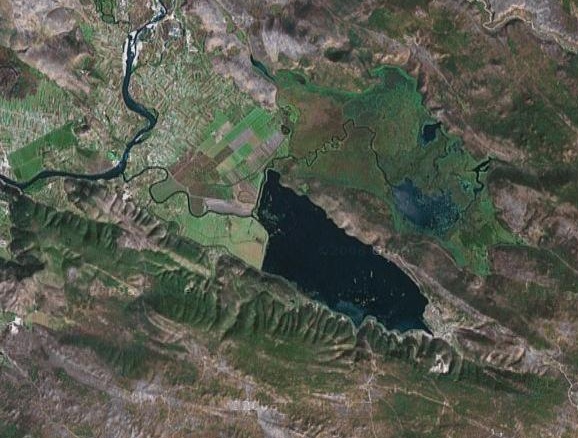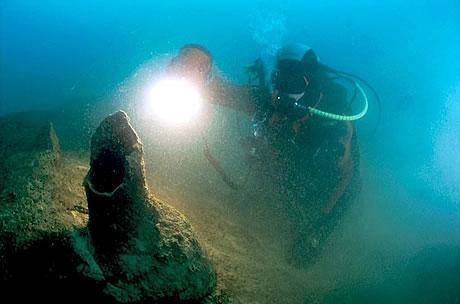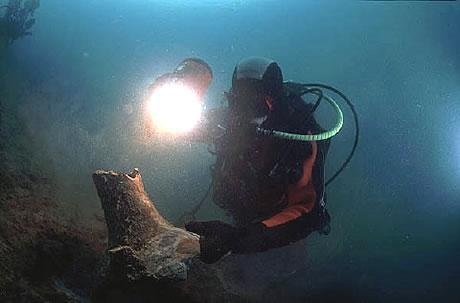








|
|
Illyrian pirate ships found?
July 17th, 2007
|
|
It is likely one of the most sensational archeological discoveries in the Eastern Europe in 20 years, at least two Illyrian boats have been found by Dr Snjezana Vasilj, a Sarajevo University, professor and her team.
The ancient Illyrians, who flourished in the Western Balkans thousands of years ago, were said to be skilled shipbuilders, sailors and most likely pirates, but no material evidence of this has been located until today.
"They are the first Illyrian boats from this era ever to be discovered," says Dr Vasilj.
They were located some 8m under water in the Hutovo Blato marshlands, near the town of Capljina, in the Desilo location, and are believed to have been engaged in piracy, trade or perhaps both. Design features suggest their Illyrian origin, Vasilj said.
|
The marshland became their final destination after they sailed in from the Adriatic Sea which is connected with the marshland by the Neretva River.
Hutovo Blato Bird Reserve is marshland, created by the underground aquifer system of the Krupa River. It is fed from the limestone massif of Ostrvo that divides the Deransko and Svitavsko lakes.The International Council for Bird Protection placed this reserve on the list of important bird habitats. It is the largest of its kind in this part of Europe.

The Hutovo Blato Bird marshland from the satellite.
Click to see it from Google Maps
"It is a known fact that Illyrians were pirates," she said. "They stole from Romans and Greeks ships, and this is the type of boat they used. We can assume that the Illyrians were followed and they hid here. They were probably discovered and sunk."
In addition to the boats, Vasilj's team found more than 70 artifacts, as well as a Roman spear. Seven tombs from an Illyrian tribe known as the Daors were also discovered in the vicinity, as well as what may be an Illyrian hut.
"The artifacts that we found were probably the result of looting". Although excavations are currently limited to the boat site, the professor said the team plans to study a larger area in the future.
After the discovery was announced, police officers from the local precinct were called to protect the site, which likely was looted during the past few years. The area "should be put under state protection right away", said Esad Humo, a member of the archeological team.
A proposal to that effect is in the works, according to the president of the Bosnia and Herzegovina Commission to Preserve National Monuments, Dubravko Lovrenovic.
The find at Hutovo Blato is a "remarkable and extremely rare discovery", says Predrag Novakovic, general secretary of the European Association of Archeologists.
"Historical records tell us that in the first millennium BC boating and shipping was already developed in the east Adriatic Sea, but boats from that period are an extremely rare thing, and each represents a gem," he told the FENA news agency.
The Illyrians were nomadic tribes that occupied parts of the Balkans from at least the Iron Age into the early Common Era. Following the Roman conquest, they were dispersed or assimilated, and by the time Slavic tribes arrived in the area, in the 5th and 6th centuries, they had all but vanished.
Many scholars believe that today's Albanians are their descendants, and that the Albanian language, which forms its own, unique branch of the Indo-European language family, is derived from ancient Illyrian. But others dispute this theory, claiming links instead between Albanians and the ancient Thracians or Dacians.


The ships below the water surface

|
|
|